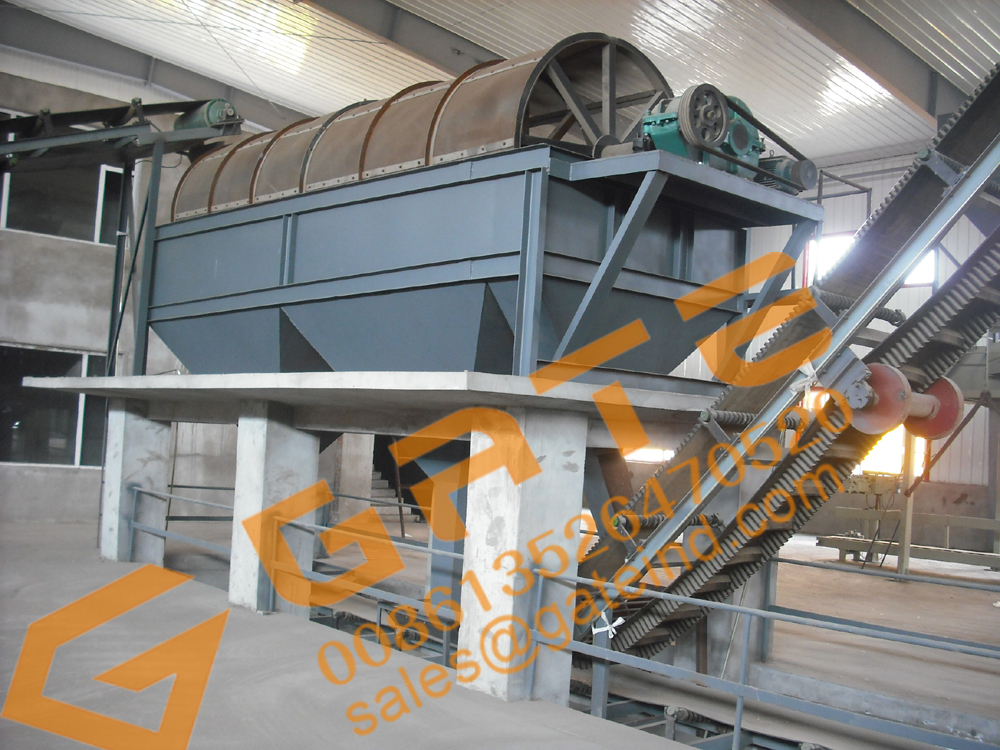Why does the fertilizer in the organic fertilizer production line cake?
How to solve the problem of fertilizer agglomeration in organic fertilizer production line equipment. The problem of agglomeration of fertilizers generally occurs in the processing, storage, transportation and transportation of fertilizers, mainly due to the moisture absorption of microscopic fertilizer grains, surface dissolution (deliquescent) evaporation, recrystallization, and the problem of agglomeration in organic fertilizer production lines. Mainly related to materials (raw materials for producing fertilizer), humidity temperature, external pressure and storage time.
Five factors for fertilizer agglomeration in organic fertilizer production lines:
First, the materials used in the production of fertilizers in our organic fertilizer production line, such as ammonium salts, phosphates, trace element salts, potassium salts, etc., mostly contain crystal water, which is easy to absorb moisture and agglomerate, such as ammonium sulfate, which is easy to agglomerate. When phosphate and trace elements meet, they are easy to agglomerate and become a substance that is not easily soluble in water. When urea is encountered in the organic fertilizer production line, it is easy to precipitate water and agglomerate, mainly because urea replaces the crystal water in the trace element salt. Become a paste and then agglomerate.
Second, the fertilizer production of organic fertilizer equipment is generally non-closed production. In the production process, the greater the humidity of the air, the easier the fertilizer is to absorb moisture and agglomerate. The organic fertilizer equipment is dry or dried, and the fertilizer is not easy to agglomerate.
Third, the higher the room temperature of the organic fertilizer production line is, which is good for dissolution, and the general raw material is dissolved in its own crystal water to cause agglomeration. When the nitrogen temperature is higher, the water evaporates and is not easy to agglomerate. This temperature is generally above 50 °C, and we usually need to heat to reach this temperature.
Fourth, the greater the pressure exerted by the organic fertilizer production line on the fertilizer, the easier it is to contact the crystal and the crystal, and the easier it is to agglomerate; the smaller the applied pressure of the organic fertilizer production
line, the more difficult it is to agglomerate.
Fifth, the longer the fertilizer is produced by the organic fertilizer production line, the easier it is to agglomerate. The shorter the placement time, the less likely to agglomerate.



















Leave a Messages